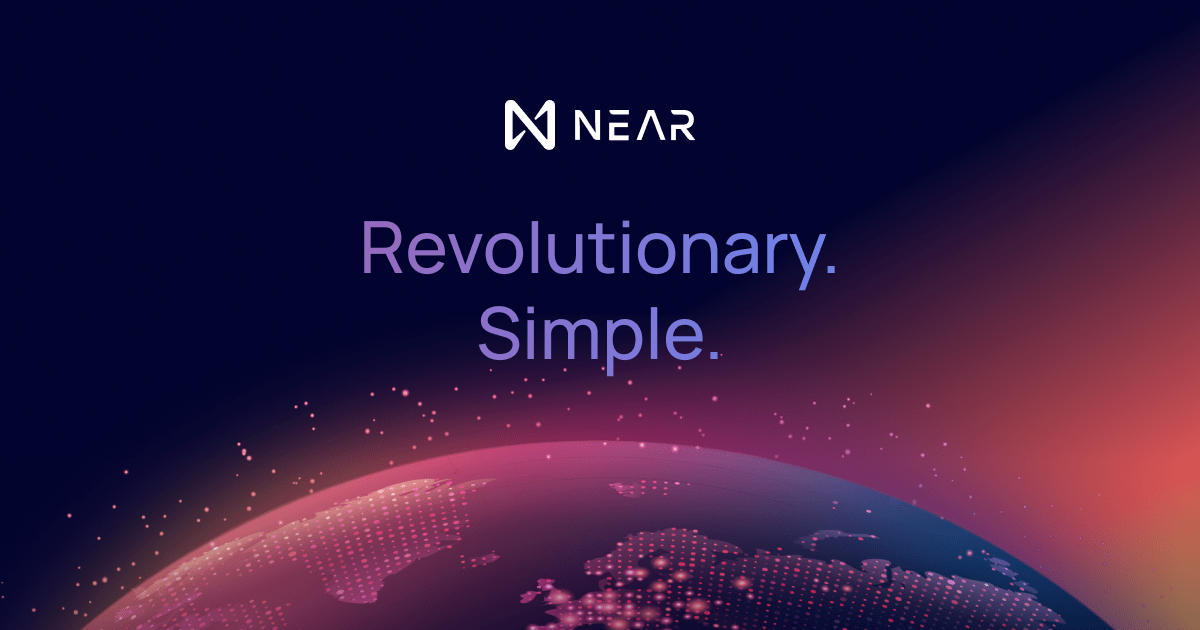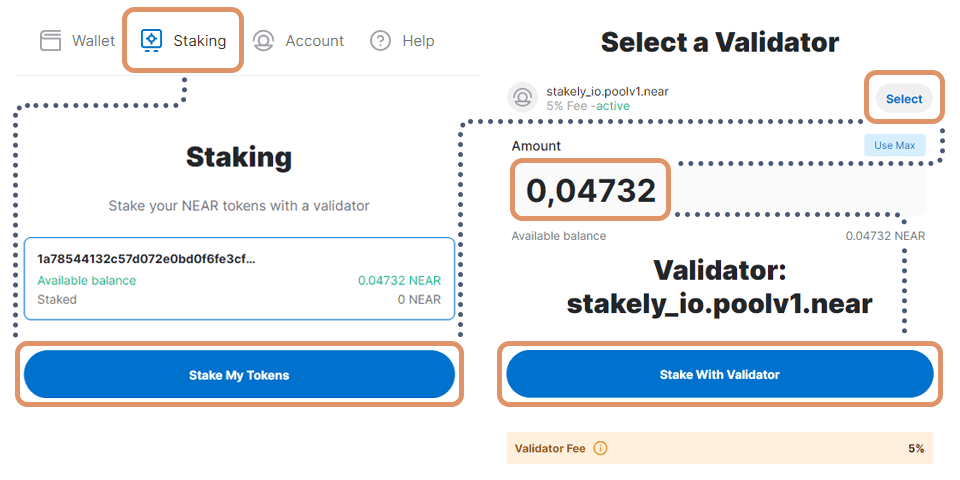Near Staking and validators Analysis
Welcome to this dashboard! This is a deep analysis of Near staking stats, tab staking grouped by 30 days, 90 days, 120 days and 180 days! Hope you guys enjoy with it! thank all.


NEAR blockchain is a promising blockchain platform that aims to bring scalability, ease of use, and low costs to the world of decentralized applications. NEAR uses a unique combination of sharding and Proof of Stake consensus algorithm to provide a high-performance and scalable blockchain infrastructure.
In this section, we will explore NEAR blockchain's unique features, its advantages over other blockchain platforms, and its potential use cases.
Unique Features of NEAR Blockchain
NEAR blockchain has several unique features that make it stand out from other blockchain platforms. One of the most significant features is its sharding technology. NEAR uses a technique called "sharding" to split the network into smaller groups of nodes, each of which can process transactions independently. This means that the network can handle a larger number of transactions per second, while also reducing the time and energy required for processing each transaction.
Another significant feature of NEAR blockchain is its consensus algorithm. NEAR uses a Proof of Stake consensus algorithm, which requires validators to put up a stake of NEAR tokens to validate transactions. This means that validators have an economic incentive to behave honestly and that the network is more secure against attacks.
Advantages of NEAR Blockchain
NEAR blockchain offers several advantages over other blockchain platforms. One of the most significant advantages is its scalability. With sharding, NEAR can process a larger number of transactions per second, making it well-suited for high-performance applications.
NEAR is also developer-friendly. NEAR offers a simple and easy-to-use platform for building decentralized applications. Developers can use familiar programming languages like Rust and AssemblyScript to build their applications, making it easier for them to get started.
Another advantage of NEAR blockchain is its low transaction costs. With sharding and Proof of Stake, NEAR can process transactions more efficiently, reducing the transaction fees for users. This makes it more accessible for users to interact with decentralized applications without worrying about high transaction fees.
Potential Use Cases of NEAR Blockchain
NEAR blockchain has several potential use cases. One of the most significant use cases is for decentralized applications in the gaming industry. The gaming industry is rapidly growing, and decentralized applications could provide a more secure and transparent way to trade in-game assets and currencies. With NEAR's scalability and low transaction costs, it could be an ideal platform for building gaming-related decentralized applications.
NEAR blockchain could also be used for building decentralized finance (DeFi) applications. DeFi is a rapidly growing industry, and NEAR's low transaction fees and scalability could make it an attractive platform for building DeFi applications.
Conclusion
NEAR blockchain is a promising blockchain platform that offers several unique features and advantages over other blockchain platforms. With its sharding technology, Proof of Stake consensus algorithm, and developer-friendly platform, NEAR blockchain has the potential to become a leading blockchain platform for building decentralized applications. As the industry continues to grow, NEAR blockchain's scalability, low transaction fees, and ease of use make it a platform to watch out for.


Staking is a process of holding and locking cryptocurrencies to support the operations of a blockchain network, in exchange for rewards or incentives. Staking has become an increasingly popular way for crypto investors to earn passive income on their holdings, and Near blockchain is no exception. In this article, we'll explore how staking on Near blockchain works and what benefits it offers to users.
What is Staking on Near Blockchain?
Near blockchain is a Proof of Stake (PoS) blockchain, meaning that instead of miners, validators are responsible for securing and processing transactions on the network. Validators are individuals or entities who put up a stake of NEAR tokens to participate in the network's consensus process. Validators are incentivized to behave honestly, and if they fail to do so, they risk losing their staked tokens.
Users can participate in staking by delegating their NEAR tokens to a validator of their choice. Delegating means that users temporarily transfer their NEAR tokens to a validator's wallet, which allows the validator to use those tokens to participate in the network's consensus process. In return, users receive rewards for staking their tokens, which are paid out in NEAR tokens.
Benefits of Staking on Near Blockchain
Staking on Near blockchain offers several benefits to users. One of the most significant benefits is the ability to earn rewards for staking their NEAR tokens. Validators are rewarded with newly minted NEAR tokens for validating transactions on the network, and users who delegate their tokens to validators also receive a share of those rewards. The rewards vary depending on the validator's performance and the amount of NEAR tokens staked.
Another benefit of staking on Near blockchain is the ability to support the network's operations. By staking their NEAR tokens, users help to secure and validate transactions on the network, which contributes to the network's overall stability and security.
Staking on Near blockchain is also relatively easy and accessible. Users can delegate their NEAR tokens to a validator of their choice directly from their wallet, without the need for any technical knowledge or expertise.
Risks of Staking on Near Blockchain
Staking on Near blockchain, like any other cryptocurrency investment, carries some risks. One of the most significant risks is the potential for loss of staked tokens. If a validator behaves dishonestly or fails to perform their duties, they risk losing their staked tokens, and users who delegated their tokens to that validator may also lose their tokens.
Another risk is the potential for price volatility. The value of NEAR tokens, like any other cryptocurrency, can fluctuate significantly, and users may see the value of their staked tokens decrease over time.
Conclusion
Staking on Near blockchain is a simple and accessible way for users to earn rewards and support the network's operations. By staking their NEAR tokens, users can contribute to the network's stability and security, while also earning passive income on their holdings. While staking carries some risks, the benefits of staking on Near blockchain make it an attractive option for crypto investors looking to earn rewards on their holdings.